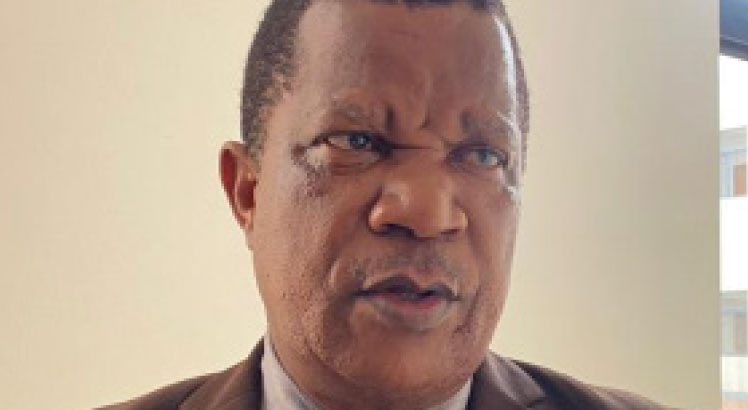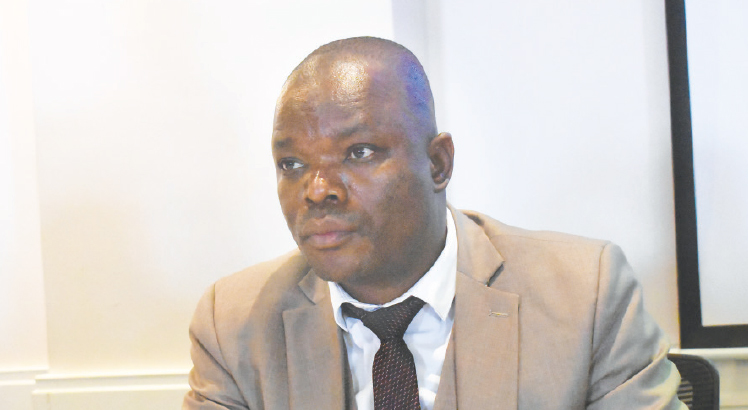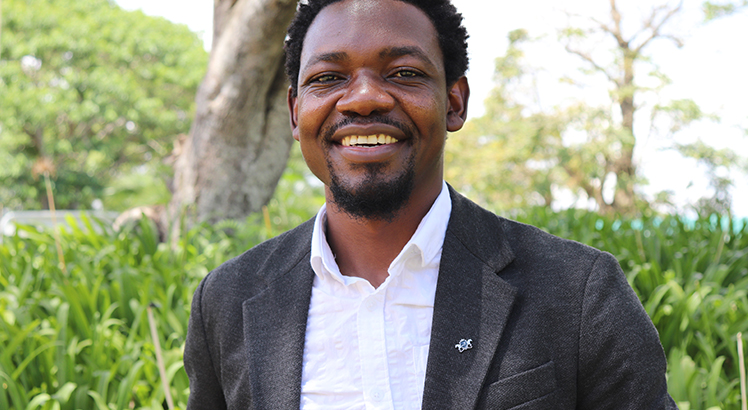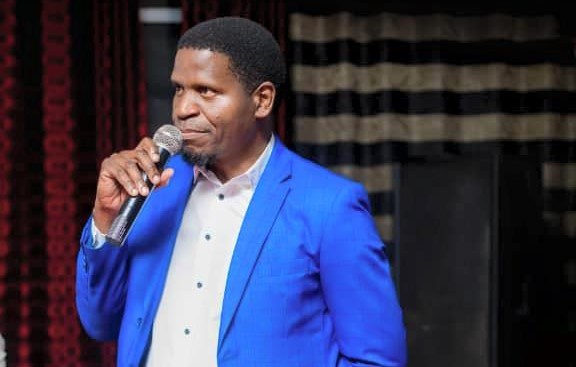‘Tollgates will bring in about K5bn annual revenue’
In this interview, our staff writer DUMBANI MZALE engages Roads Fund Administration (RFA) chief executive officer STEWARD MALATA to shed more light on the progress on some of the reforms that the institution is implementing, particularly the construction of tollgates at Chingeni in Balaka and Kalinyeke in Dedza.
So far, what are the key reforms that RFA has undertaken and is implementing?
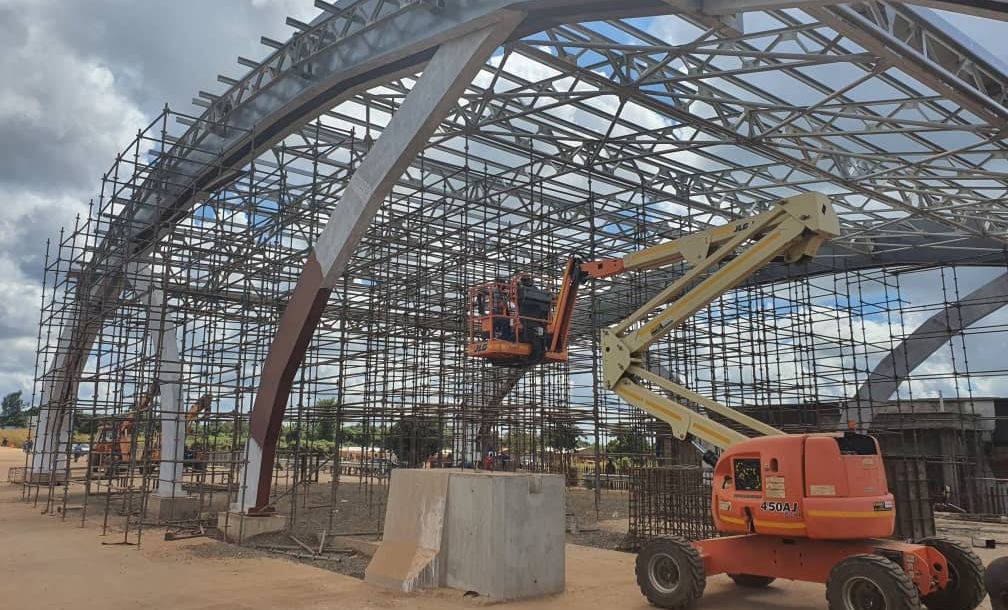
We are indeed in the period of reforms and we have two key reform areas; the first one being tolling. This one, the objective is to enhance the revenue base of the fund where currently, the fund substantially relies on one major source which is road fuel levy. The second one is realising efficiencies by going on information, communication and technology [ICT] platforms. Currently, we are implementing the human resource management system, and we have had completed it in December. This means we migrated from a manual system to an ICT-based system.
The third project is building our own office complex. We have since our existence been operated in rented premises and rentals go up every other year. We thought that we needed to build our own complex so that we can arrest the increase in rentals once and for all, but also for us to be in our own environment. The last one is that we would like to develop our systems, document them and set standards across the board.
You have indicated that for a long time there is a lot of reliance on fuel levy , there was a time when the European Union (EU) was one of the major donors, to what extent are they still in and what has been a trend?
Indeed EU was very significant player in the road sector, including the road maintenance sector. In fact, for the fund to be established, it was an initiative of the EU. But they took a position to reduce their level of investment in the road sector so that they should concentrate in other sectors within the country. They did not completely withdraw. We still have them and they will finance a major rehabilitation of the M1.
On the tolling, what is the progress so far?
On tolling, we have one project at Chingeni and another one at Kalinyeke. In terms of levels of progress, the one at Chingeni is at more advanced level than the one at Kalinyeke. Our plan is that all the civil works and ICT works will be completed by July end, and it is our hope that by August we should start with soft-opening.
Chingeni is at more advanced stage than Kalinyeke. Both faced challenges; particularly due to Covid-19 lockdown in South Africa where a number of items are sourced. But also the ICT contract was crucial in the tollgate project and due to same lockdown, contractors could not come to Malawi, so that also took us a bit of time to sort out.
As for Kalinyeke, it was also affected by Covid-19 issues but this project is slightly different from Chingeni because the plan is that it will have an axle load control, in short we have passed the challenges we faced and we hope that Chingeni toll gate will be the first to open.
What is the project cost for these two tollgates?
For Chingeni, the project will cost K2 billion but because of the delay which have nothing to do with contractor, we are looking at an extra K350 million. While Kalinyeke—after the changes to the additions to original designs—we have moved the figure from K2.2 billion to just about K3 billion.
So we are talking about an investment of over K5 billion in the two projects. Based on the feasibility studies which you had, annually how much are you projecting to collect?
Annually we should be collecting discounted K4 to K5 billion and that is our expectation and these are discounted numbers and we believe that when discounting is not kicked in we should be collecting more than that.
How does that compare with what you currently collect from the fuel levy?
The fuel levy for now remains substantial because on average, fuel levy is K30 to K32 billion annually on average. When the two tollgates revenue come in— that is K4 billion—the K30 billion will be about 85 to 90 percent of what we collect. But we plan to put more tollgates, obviously to collect more so that we reduce the percentage contribution of fuel levy into the total pot. We will be very happy if fuel levy gives us 60 percent where as these tollgates should give us 40 percent.
Which are the key areas you have targeted in terms of putting these new tollgates?
We are looking at the Karonga-Songwe road. This road was rehabilitated and we also know that the traffic volumes are good but also it’s a gateway and we believe if we can toll it, enough resources could be generated from there. We are also looking at Liwonde-Mangochi road, at Jenda Trading Centre in Zimba, along the Mwanza-Zalewa-Blantyre road, Mulanje-Mozambique boarder, in Mchinji and Nkhotakota.
The toll gate project sometimes attracts resistance from motorists. If you were to deliver a message to motorists, what would that message be?
They must look this project as a positive development for Malawi as a country. The resources that will be generated from this project will be invested in the maintenance and rehabilitation of M1 road.


